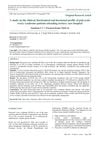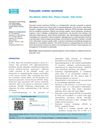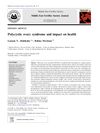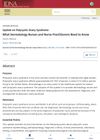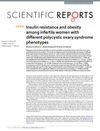Polycystic Ovarian Syndrome: Prevalence and Its Correlates Among Adolescent Girls
January 2013
in “
Annals of Tropical Medicine and Public Health
”
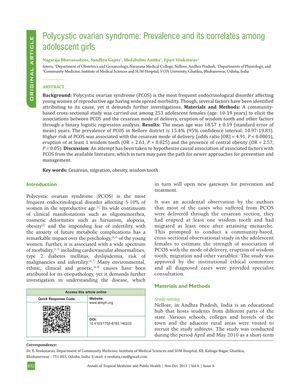
TLDR About 15% of adolescent girls in a region of India have Polycystic Ovarian Syndrome, which is more common in those born by cesarean, with wisdom teeth, or with central obesity.
In 2013, a study involving 253 adolescent females aged 10-19 in Nellore district, Andhra Pradesh, India, reported a 15.4% prevalence of Polycystic Ovarian Syndrome (PCOS). The study, conducted in April and May 2010, used the Rotterdam's diagnostic criteria for PCOS and binary logistic regression for data analysis. It found that cesarean delivery (odds ratio [OR] = 4.91, P < 0.0001), eruption of at least one wisdom tooth (OR = 2.61, P = 0.025), and central obesity (OR = 2.57, P = 0.05) were associated with a higher risk of PCOS. While a non-vegetarian diet and migration were initially linked to PCOS in univariate analysis, they were not significant in the final regression model. The study suggests the need for further research on the biochemical and genetic links between these factors and PCOS.

